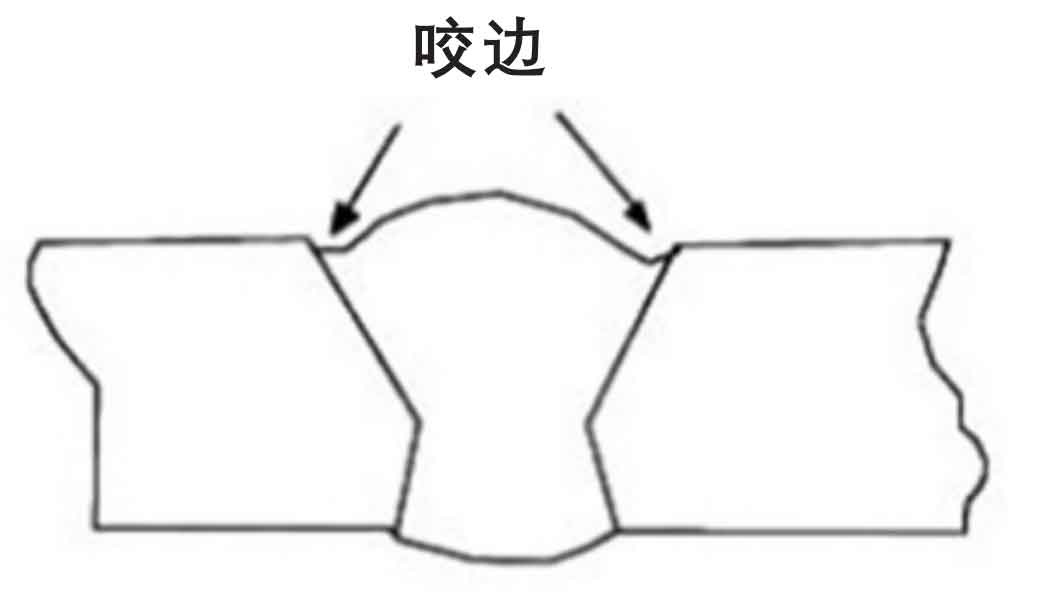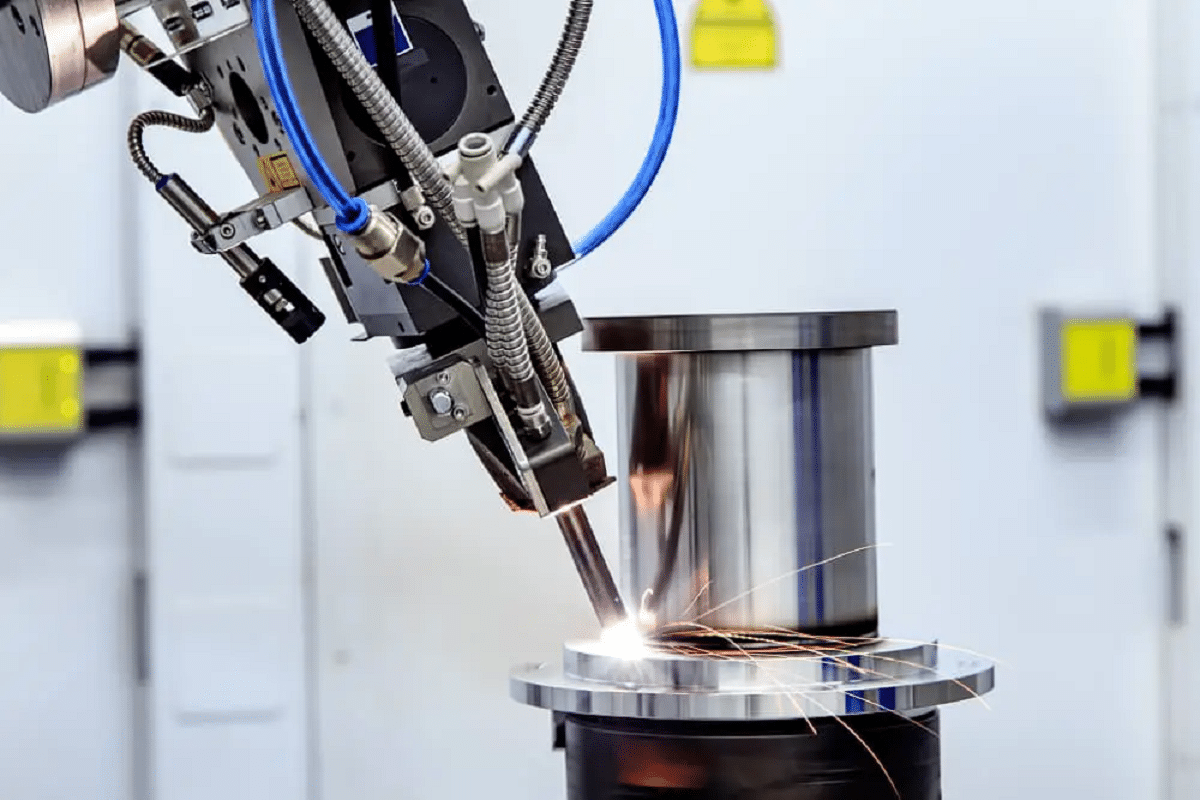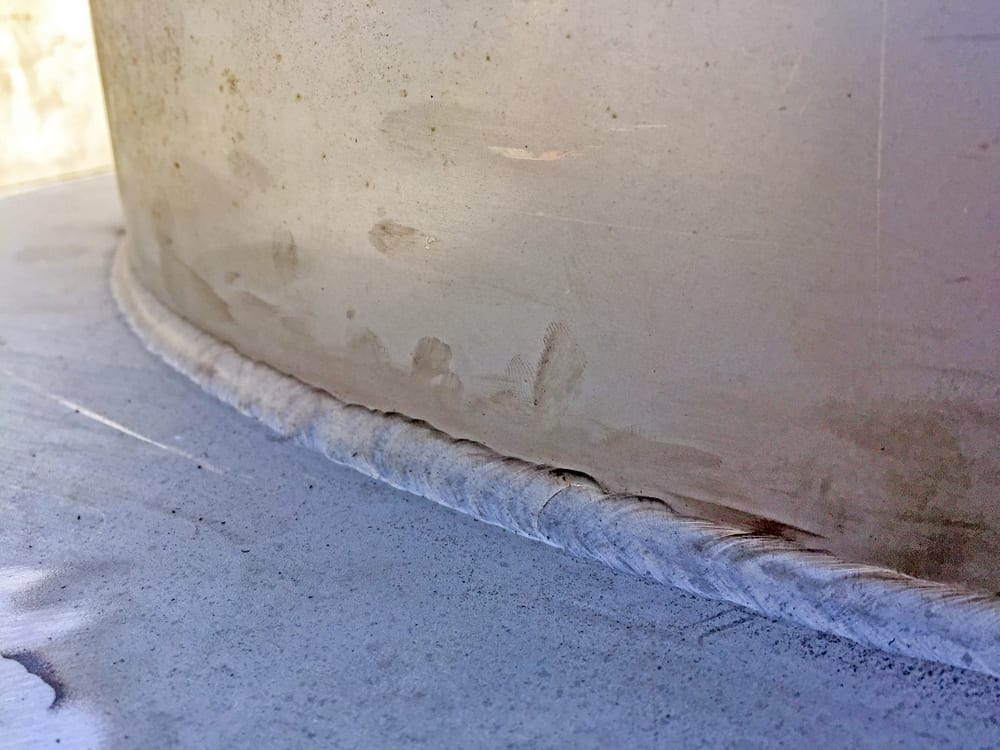Essential Tips for Welders: Preventing Undercut Welding and Ensuring Stronger Weld Joints
In the world of welding, achieving sturdy and solid weld joints is the foundation of generating high-grade job. One usual difficulty that welders commonly come across is undercut welding, which can endanger the honesty of the weld joint.

Recognizing Undercut Welding
Undercut welding is a common welding defect that happens when the weld steel stops working to effectively load the groove and results in a groove-like depression along the weld grain. This issue weakens the weld joint, making it vulnerable to breaking and failure under tension. Damaging can be brought on by numerous variables, consisting of too much welding present, high welding speed, incorrect electrode angle, incorrect electrode size, and poor welding strategy.
Among the primary reasons for undercut welding is an imbalance between the welding existing and the welding rate. If the welding current is expensive or the welding speed is too quickly, the weld steel might not effectively fill up the groove, resulting in undercutting. Furthermore, utilizing an electrode that is too large can cause a similar outcome, as the excess steel can not correctly flow right into the groove.
To stop undercut welding, welders must ensure they are making use of the appropriate welding parameters, keep an appropriate electrode angle, choose the ideal electrode dimension, and practice appropriate welding techniques. By resolving these aspects, welders can minimize the threat of undercutting and develop stronger, extra reputable weld joints.
Proper Welding Method
Reliable welding technique plays a critical function in making certain the quality and stability of weld joints. One basic facet of proper welding technique is preserving the right angle and range in between the welding weapon and the workpiece.
In addition, a constant and regular hand movement is important for producing strong and long lasting weld joints. Welders must intend for smooth, consistent activities to make certain also circulation of the weld product. Appropriate control of the welding weapon and filler product is additionally vital to attaining optimum infiltration and combination.
Moreover, managing the warm input and selecting the appropriate welding parameters based upon the product being welded are vital elements in achieving top quality welds - Preventing weld undercut. Welders ought to follow the advised setups offered by welding procedure requirements and change them as needed based upon the certain demands of the project. By understanding appropriate welding techniques, welders can significantly boost the stamina and reliability of their weld joints
Picking the Right Electrode
Preserving the correct angle and range between the welding weapon and the workpiece is basic when thinking about the significance of picking the best electrode in welding applications. The option of electrode plays a crucial function in determining read the high quality and toughness of the weld joint. Electrodes are available in numerous types, each developed for details purposes and products.
To start with, picking the suitable electrode size is vital. Thinner electrodes appropriate for welding slim materials, while thicker electrodes are better for thicker materials and greater warmth applications. Matching the electrode diameter to the thickness of the work surface aids achieve a balanced weld.
Second of all, understanding the product make-up of the electrode is vital. Various electrodes are developed for welding particular products like steel, stainless-steel, aluminum, or cast iron. Using the appropriate electrode material makes sure great blend and decreases the threat of issues in the weld.
Last but not least, considering the welding placement and strategy is crucial when choosing the electrode type. For example, certain electrodes are much better suited for upright or overhanging welding settings, while others work well for flat or horizontal placements. Choosing the right electrode based upon the welding strategy improves the overall weld quality and integrity.
Preparing the Base Metal
To ensure a successful welding process, what initial actions should be taken when preparing the base steel for welding? Furthermore, any kind of existing weld material or deposit from previous welding should be gotten rid of to ensure a clean surface area for the new weld.

Carrying Out Post-Weld Examinations

After conducting these evaluations, welders need to contrast the outcomes versus industry standards and task requirements to make sure that next the weld joint fulfills all essential criteria. Any insufficiencies or deviations found during the post-weld assessment should be immediately dealt with via appropriate restorative steps to ensure the weld's honesty. By faithfully executing post-weld examinations and without delay resolving any kind of concerns, welders can maintain the top quality and integrity of their job, eventually adding to the security and longevity of the bonded frameworks.
Final Thought

In final thought, avoiding undercut welding and ensuring more powerful weld joints need a combination of correct welding strategy, choosing the appropriate electrode, preparing the base metal correctly, and conducting post-weld inspections. By comprehending the causes of undercut welding and executing the essential safety measures, welders can create top quality weld joints click to find out more that fulfill market standards and ensure the architectural integrity of the welded parts.
Undercut welding is an usual welding defect that happens when the weld metal falls short to properly load the groove and results in a groove-like clinical depression along the weld bead (Preventing weld undercut). Undercutting can be caused by various factors, consisting of extreme welding current, high welding rate, improper electrode angle, incorrect electrode size, and inadequate welding technique
One of the major reasons for undercut welding is an imbalance between the welding existing and the welding speed. If the welding current is too high or the welding rate is also quickly, the weld metal may not appropriately fill the groove, leading to damaging.Preserving the correct angle and distance between the welding gun and the workpiece is essential when thinking about the importance of selecting the ideal electrode in welding applications.